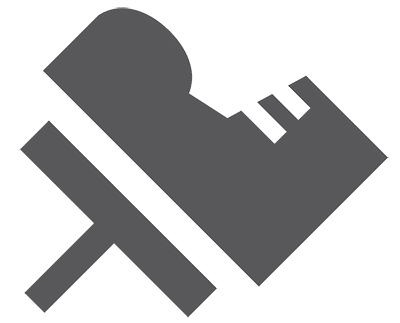Quiz: If your brakes fail
This online G1 test questions and answers, with multiple-choice questions, is intended to help you prepare for the Ontario G1 written test that is required before you can get your driver’s license. It is all FREE!
ADVERTISEMENT
Correct!
Wrong!
Correct!
Wrong!
Correct!
Wrong!
Share the quiz to show your results !
Subscribe to see your results
I got %%score%% of %%total%% right
More Learning Options:
Loading…
ADVERTISEMENT
7 Things To Do When Brakes Fail While Driving
Realizing your brakes have gone out while driving can be a devastating experience. Although you rarely visualize such an unfortunate thing happening to you, it is a good idea to ready yourself for such a situation by acquainting yourself with various tips to help you stop safely.
So, what should you do when your brakes fail while driving? Read on to find out.
Don’t Panic
A focused mind can be your savior behind the wheel, mainly when things go amiss. If your brakes go out, it’s beneficial to stay calm and focus on getting your car off the road safely.
Don’t Accelerate Anymore
It is the most anticipated thing to undertake, but you would be shocked to learn of the number of people who forget to do it. When brakes cease functioning, it brings you a state of confusion and nervousness that translates into engaging the accelerator like never before.
When this happens, the first thing to do is to disengage the gas immediately after you discover the brake has failed.
Apply the Brakes Again
Most vehicles usually have a double braking system, which separately regulates front and rear brakes. Hence, both the front and back brakes would have to fail if your car is to lose the entire braking power completely. However, having your car’s braking power slashed by half can make it seem insecure, but there may be sufficient braking power to stop the car safely. Therefore in the event of brake failure, try to apply robust and constant pressure to the brake pedal in an attempt to decelerate your car.
Cautiously Apply Emergency Brake
 If your primary braking system ceases working, one of the most viable options at your disposal is to engage the emergency brake attentively. The emergency braking system is independent of the primary hydraulic brake system, and it can aid in stopping the vehicle. However, it would take more time to come to a stop compared to using a conventional brake pedal.
If your primary braking system ceases working, one of the most viable options at your disposal is to engage the emergency brake attentively. The emergency braking system is independent of the primary hydraulic brake system, and it can aid in stopping the vehicle. However, it would take more time to come to a stop compared to using a conventional brake pedal.
Downshift into a Lower Gear
Another effective way of decelerating your car is by disengaging the accelerator and shifting to a lower gear so that the engine can aid in bringing your car to a stop. If your vehicle supports manual transmission, navigate through the gears to decelerate your vehicle. If your car supports automatic transmission, disengaging the accelerator should prompt your vehicle to downshift into lower gears as it comes to a stop.
Keep Your Car Engine Running Until You Stop
Although turning off your car engine might appear like it would help bring it to a stop, it would be wise to allow the engine to run until you come to a complete stop. Powering off the engine would also turn off your power steering, which would make your car more challenging to turn. Hence, avoid turning off the car until your vehicle reaches a complete stop to avoid such inconvenience.
Give Out Clear Signs
When your car brake fails, the first thing you need to do is to make yourself noticed and let other road users know that you’re no longer in control of your vehicle. Turn on the hazard lights on your vehicle to serve as a caution to the passersby. If you’re switching to the emergency lane or outside the traffic, keep in mind to signal prior to doing so. In case your hazard lights are pretty invisible, use the horn to catch the attention of fellow drivers.
Above are some of the steps you can take when your car brakes fail to help avert injuries and damage to your vehicle.
